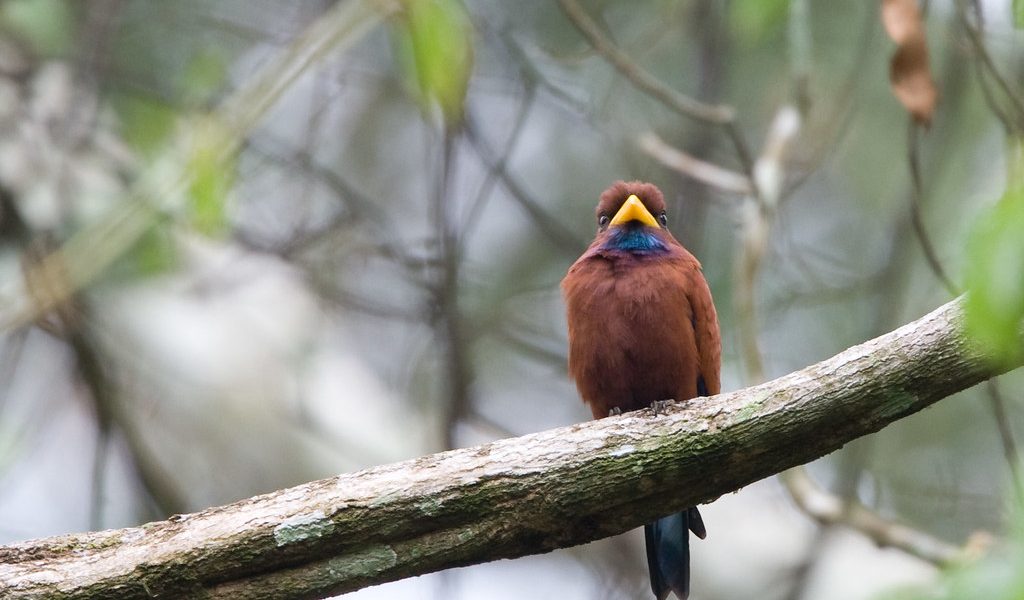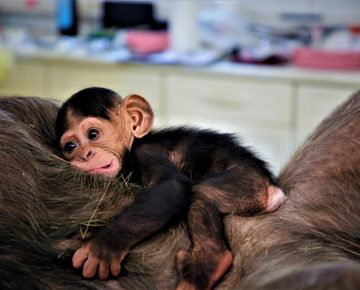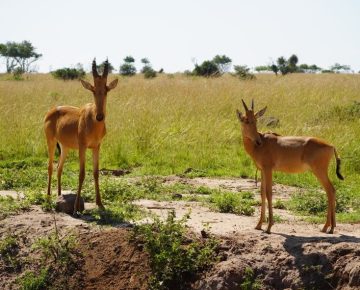Semuliki National Park
Semuliki Valley National Park is one of the unspoiled African safari destinations. Located in extreme Western Uganda, Semuliki National Park is home to the extensive Ituri Forest and boasts its biodiversity. Its forest is one of the few that survived the last ice age.
Semuliki features a lowland deciduous forest, one of its kind in East Africa. Before becoming a National Park, Semuliki was founded as a Game Reserve in 1932. In 1993, its status was upgraded to a National Park. This is one of the smallest Ugandan parks, covering a land area of about 220 sq. km. Km.
Location
Semuliki National Park is located in Bwamba County, Bundibugyo District in Western Uganda. The park lies close to the Congo border and on the North, Lake Albert borders it while on the South-eastern part, there are Rwenzori Mountain ranges. Besides, there are 2 rivers bordering Semuliki Valley National Park including the Semliki and Lamia Rivers.
History of Semuliki Valley National Park
Semuliki was originally gazetted as a Forest Reserve in 1932 and upgraded into a National Park, which it attained in 1993. It is home to East Africa’s only tract of true lowland tropical forest.
Tourist Attractions in Semuliki National Park
Wildlife
Semuliki National Park is a haven for wildlife enthusiasts, with about 53 species of mammals freely roaming its lowland forest and other habitats. From the elusive bush babies to the majestic forest buffaloes, the park is teeming with life, offering a thrilling safari experience.
Primates of Semuliki: red-tailed monkeys, chimpanzees, DeBrazza’s monkeys, grey-cheeked mangabeys, olive baboons, vervet monkeys, blue monkeys, pottos, etc. There are also several butterflies, and 305 tree species – 125 exist in Semuliki National Park alone.
Birds
Semuliki Valley National Park is a paradise for bird lovers, boasting over 441 species of birds, including many nocturnal and endemic species. The park’s avian residents, from the striking black-wattled hornbills to the elegant shoebill stork, are a sight to behold, inspiring awe and wonder.
Nocturnal birds of Semuliki National Park: African wood owl, Crepuscular freckled nightjars, buff-spotted flufftail, Ayres hawk eagle, red-thighed African goshawk, and more.
Sempaya hot spring
The key attraction that makes Semuliki National Park popular is its Sempaya hot springs, one of the most powerful hot springs in the world. This is an iconic attraction in the park, and tourists often come along with some plantain to prove its power. In just seconds/minutes, the egg or banana can be ready for consumption—the hot springs’ strong boiling rate often rises up to 100 degrees Celsius.
Tourist Activities in Semuliki National Park
Nature lovers have plenty of opportunities to explore and experience the virgin Semuliki. Here are some of the remarkable safari activities worth considering a must-do in Semuliki National Park;
The Sempaya hot spring tours
One of the world’s most powerful hot springs, Sempaya, is in Semuliki. It comprises two scenic hot springs—the male “Bintete” and the female “Nyasimbi.” The bubbling hot springs can be seen from a distance of 1km.
Birding
Semuliki supports about half of Congo’s bird species. With over 441 bird species, birding is a must-do. At the same time, at Semuliki and higher chances are you will keep an eye on birds such as black wattled hornbill, shoebill stork, African dwarf kingfishers, brown crowned eremomela, bate’s nightjars, Gabon woodpeckers, black collared lovebird, forest francolin, red billed dwarf, red bellied malimbes, red rumped tinkerbird, red thighed sparrow, red bellied helmet shrike, spotted lyre-tailed honeyguide, buff spotted flufftail, spot breasted ibis, western bronze napped pigeon, yellow throated nicator, piping hornbill and more.
Forest/nature walks
Nature walk in Semuliki provides the best butterfly watching, bird sighting, and a chance to explore different floral species. Hiking opportunities at Semuliki include the red monkey track, an 11 km walking trail, the 13 km Kirumia hiking trail, and the Sempaya nature trail, 8 km.
Game drive
The park is the best place in Africa to enjoy a night game drive. If you want to see nocturnal species, a night game drive in Semuliki should be your bucket-list experience. Three tracks offer the best game drive in this park, and a 4×4 safari vehicle is ideal for your game viewing safaris.
Chimpanzee tracking
Chimpanzee tracking is carried out in already habituated chimpanzee communities in Semuliki. Tracking chimpanzees allows you to meet our closest relatives in the wild, learn in depth about their daily behavior, and take pictures. The park also supports a range of other primates, including olive baboons, central African red colobus monkeys, black and white colobus monkeys, grey-cheeked mangabeys, etc.
Cultural visits
Meet the Batwa, the original hunters and fruit gatherers living adjacent to the Park. The Batwa are one of four tribes that live at the edge of this park, and others include Bamba, Bakonjo, etc.
What is the best time to visit the Park?
Semuliki safaris are open all year round. But, visits to explore and experience the most are during the dry season. The season runs through June, July, August, September, December, January, and February. The least/no rainfall amount is usually recorded this year, unlike during the wet or rainy season (March to May, October to November).
Where to stay (Accommodation)
Semuliki National Park has few lodging or safari accommodations like Murchison Falls National Park or Queen Elizabeth National Park. The available accommodations include Semliki Safari Lodge, Uganda Wildlife Authority (UWA) Campsites and Bandas, Ntoroko Game Lodge, Hotel Vanilla, and Kirimia Guesthouse.
Getting to Semuliki Valley N. Park
The Park is accessible by road in a 4×4 tourist vehicle, about 5 to 6 hours from Kampala via Fort Portal. It is a 7-8 hour drive from Kampala via the Masaka-Mbarara route.













